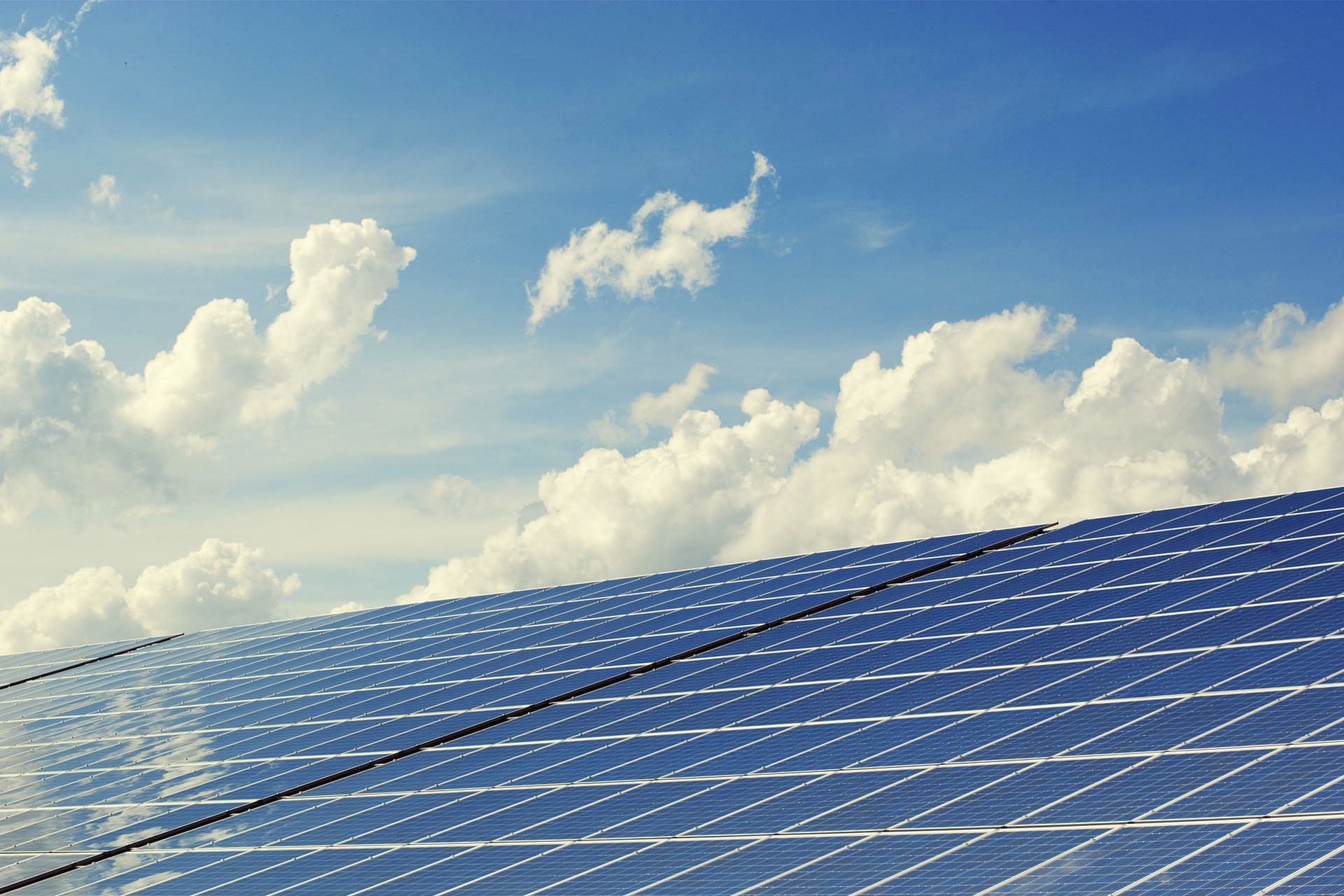The future is here—fossil fuels are slowly phasing out while hydro, nuclear, wind and solar power sources continue to grow in popularity. The evolving energy market will continue down this path as more and more governing bodies adopt new rules and standards to limit emissions. But is it happening fast enough? In this blog, we’re examining two recent energy outlook reports from the International Energy Agency and explaining how our various solutions can help you adapt to these trends while also saving money and reducing emissions.
Electricity Market Report for 2022
The demand for electricity greatly increased over the past year, led by strong economic growth following the COVID-19 pandemic and an increased frequency of extreme weather conditions. Data in the IEA Electricity Market Report for 2022 marks the largest growth since 2010, when the world was in the middle of an economic recovery. The IEA found that renewables are set to meet the vast majority of expected increases until 2024, but not all. Here is a breakdown:
- Renewables grew by 6%, despite growth being limited by unfavorable weather conditions.
- Coal-fired electricity generation reached an all-time high, growing by 9%, propelled by the exceptionally high demand and coal’s cost competitiveness in some markets compared to gas.
- Gas-fired generation grew by 2%.
- Nuclear power increased by 3.5%.
- Overall CO2 emissions from electricity rose by almost 7%, taking them to a record high.
The major takeaway: instead of decreasing, power sector emissions are expected to stagnate until 2024, which will prevent them from keeping pace with goals to be net zero by 2050. This underlines the massive changes needed in terms of energy efficiency policy for the electricity sector to fulfil its critical role in decarbonization.
The Renewables 2021 Report
The IEA’s other recent report, Renewables 2021, forecasts the deployment of renewable energy technologies through 2026 while also identifying barriers to faster growth. The report finds that additions of solar photovoltaic (PV) sources pushed the renewables industry forward last year, but still short of the necessary levels to reach net-zero emissions by 2050.
Nearly 290 gigawatts (GW) of new renewable power were commissioned in 2021, which was 3% higher than 2020’s already high growth. The growth of renewable capacity is expected to accelerate in the next five years, accounting for almost 95% of the increase in global power capacity through 2026.
At the same time, the rising prices of natural gas and coal have improved the competitiveness of renewable sources. For corporations, fixed-price renewable energy contracts serve as a safe bet against rising fossil fuel prices. Despite all this, the report says governments still need to address current policy and implementation roadblocks to increase the adoption of all renewable energy uses to get renewables on track for net zero by 2050.
How Can We Help?
Are you interested in offsetting the rising cost of fossil fuels amid the evolving energy market? We can help you transition to renewable energy today with our solar and storage options. We also provide energy saving solutions, such as digital building controls for load management, LED-based lighting systems, and HVAC or refrigeration system retrofits. If you are interested in learning more, please contact us today.

 The Evolving Energy Market: Offsetting the Rising Cost of Fuel" />
The Evolving Energy Market: Offsetting the Rising Cost of Fuel" /> 